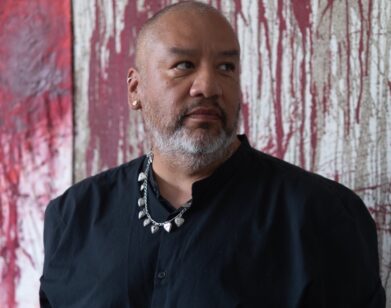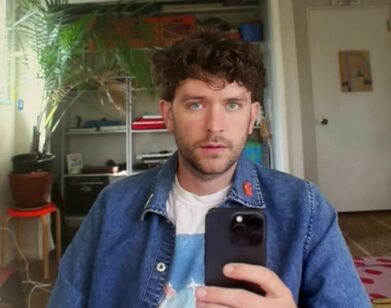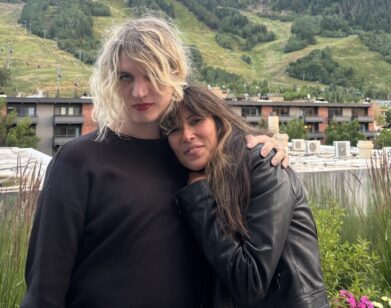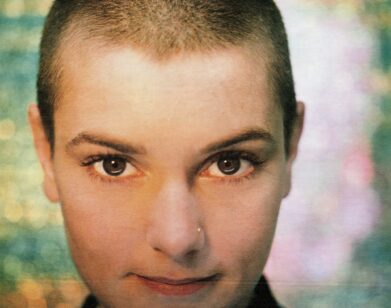Northern Discretion: Thomas Persson of Acne Paper
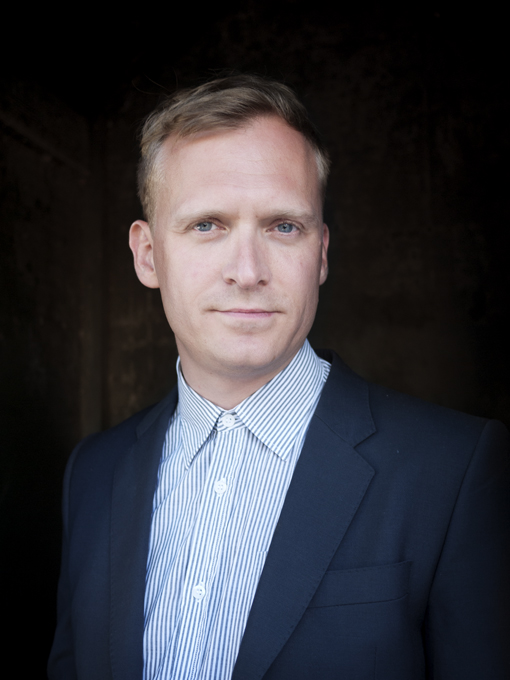
Photo by Clement Dauvent
When Acne Paper was founded in 2004 as a literary prong of the multi-faceted Swedish denim empire, it faced a challenge: having to prove its creative independence, and its worthiness beyond being a fancy bit of advertising.
And there we have it: as helmed by editor Thomas Persson, the bi-annual publication makes no mention of the brand’s activities, nor bears a single piece of advertising. It focuses on non-commercial features, ranging, in the latest issue, from profiles of a leather artisan to an organist, and a Sufi singer.
This couture week in Paris was punctuated by an intimate celebration of Acne Paper’s latest issues. In the Ritz gardens, a crowd of 50 toasted over champagne and almonds, to the sound of virtuoso violinist Charlie Siem.
Interview met with Persson, hours before the event. In the Luxembourg Gardens, we talked timeless beauty.
ALICE PFEIFFER: How did the idea of a magazine come about?
THOMAS PERSSON: It was a desire that Jonny [Johannson], Acne’s creative director, had for a very long time. It was inspired by Andy Warhol’s factory, since they had so many creative disciplines under their umbrella; a magazine felt like a natural thing to do.
PFEIFFER: How do you avoid being perceived as a posh catalogue?
PERSSON: This was never about communicating a brand through a magazine; there was no business meeting. I was just put in an office, given carte blanche and told, “Do what you think would be a good magazine”—which is fantastic, but a great responsibility too. So I spent a week at the Central St. Martins library doing research. There is a feeling that there was a magazine missing, that I wish existed.
PFEIFFER: The magazine bears no mention of Acne clothing, and little to no advertising.
PERSSON: It’s worthwhile for a brand to put money into such products, even—especially!—if it doesn’t talk about the brand. It creates positive vibes around Acne, gives a much more valuable currency… rather than talking about a pair of shoes.
This way, Acne is like a patron for art and creative people, a space for photographers to showcase their work—without having to worry about advertising. This is just like a brand having an art foundation. David Lynch doesn’t have anything to do with Cartier. [The artist had a solo exhibition at Paris Fondation Cartier in 2007.] It is important to spend money on culture, especially when you are successful.
PFEIFFER: Sure, brands frequently finance art foundations, such as Paris’ Fondation Ricard. But rarely is the patron as hip as the art project. Is Acne clothing’s parallel hype difficult to manage in relation to the paper’s credibility?
PERSSON: No… the thing about Acne—one of our strength, funnily enough—is that people don’t get it: it’s a fashion brand, but also makes ads, and furniture.
Accidentally, this lack of communication has helped trigger excitement about the brand. It’s a company that goes against the grain in many ways and proves that the opposite of what everyone is doing works. We have no advertising, and people are still interested both in the fashion and the magazine.
PFEIFFER: The editorial line mixes commercial and non-commercial, say, a feature about an organ player, side-by-side with an editorial by Daniel Jackson. Is that contradictory?
PERSSON: No, I don’t think so—it’s something for the brain, something for the body, and something for the aesthetic eye. Each issue’s theme is a like a collection of things. It’s an opinion, not an authoritative selection. You have a beginning, a starting point that becomes a journey, and you meet people, along the way—and as a whole, there is a sense of coherence, a complementary beauty in every story featured.
PFEIFFER: So is it a protest against contemporary fashion magazines?
PERSSON: It is. [laughs] Magazines today are only about cars, or technology, or fashion and didn’t used to be like that. Vogue in the 1930s and ’40s was a magazine about the best of the new: architecture, fashion, literature, it was a whole picture—a big picture, rather than the small picture about hemlines and handbags that a lot of magazines give today. What we look for is things that belong together: clothes, like furniture, opera, and technology, are all part of life.
PFEIFFER: Would you describe the magazine as inherently Scandinavian, in its aesthetics, sensibility?
PERSSON: I suppose so, because, well, Jonny and myself grew up with Scandinavian values. We haven’t gone into defining what this exactly means and how it is expressed in the clothes, and we don’t want to go and worship our “Scandinavian-ness.” But I suppose you could characterize it of a search for purity, sincerity, and a certain austerity too. We wanted to be subtle, classy, and timeless.
PFEIFFER: Is there such a thing as timelessness?
PERSSON: This [points to the Luxembourg gardens] is timeless. An Irving Penn photo, an Ingmar Bergman movie, are timeless. It is about always being relevant, regardless of trends. It’s a search for universality—that’s the aim and that’s a huge one, but that’s the filter that we try to put everything through.


